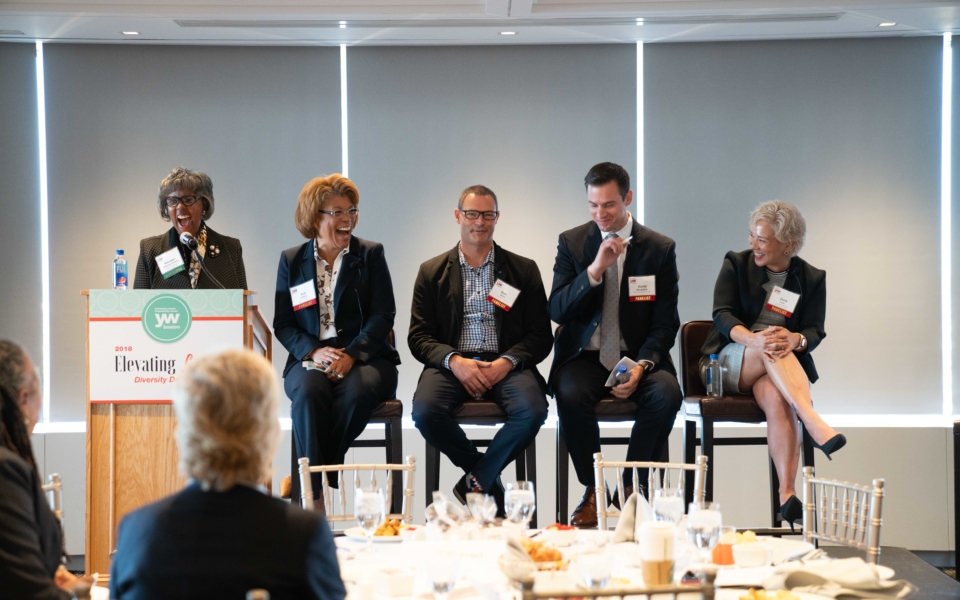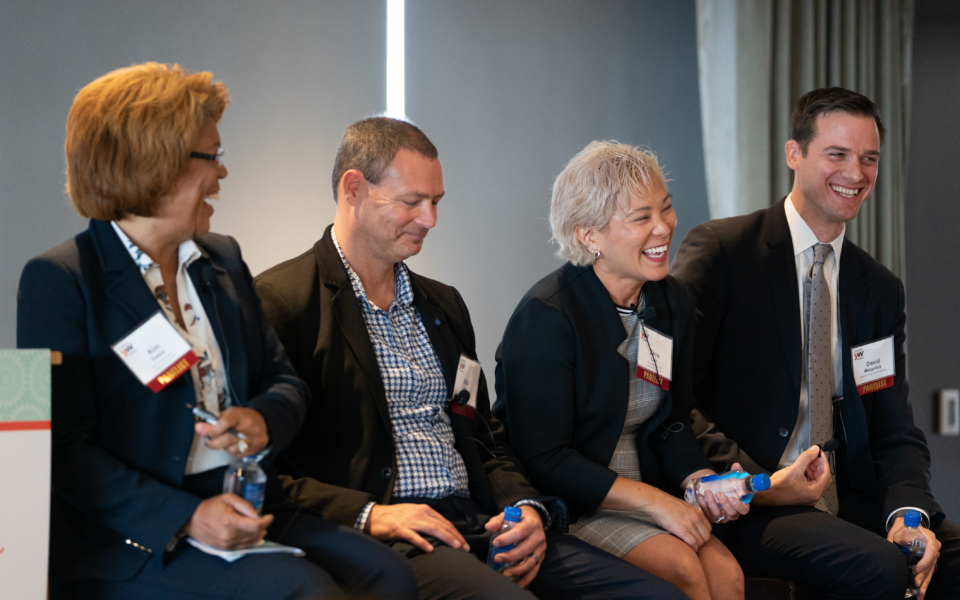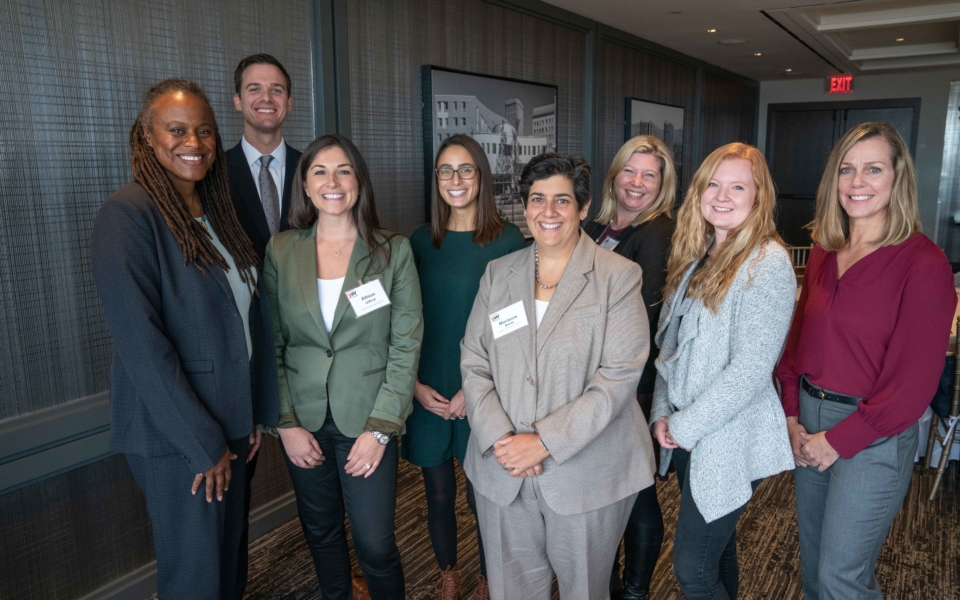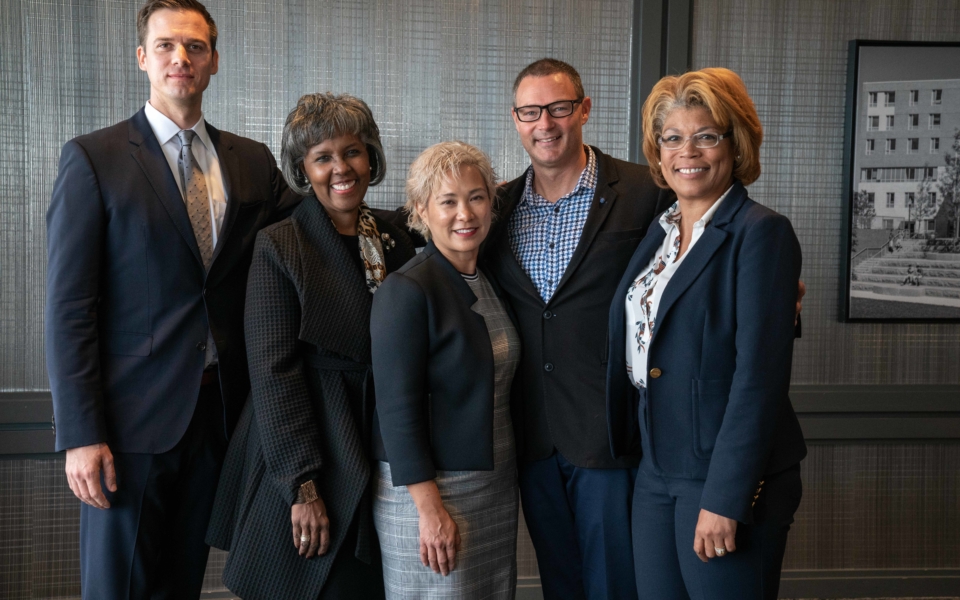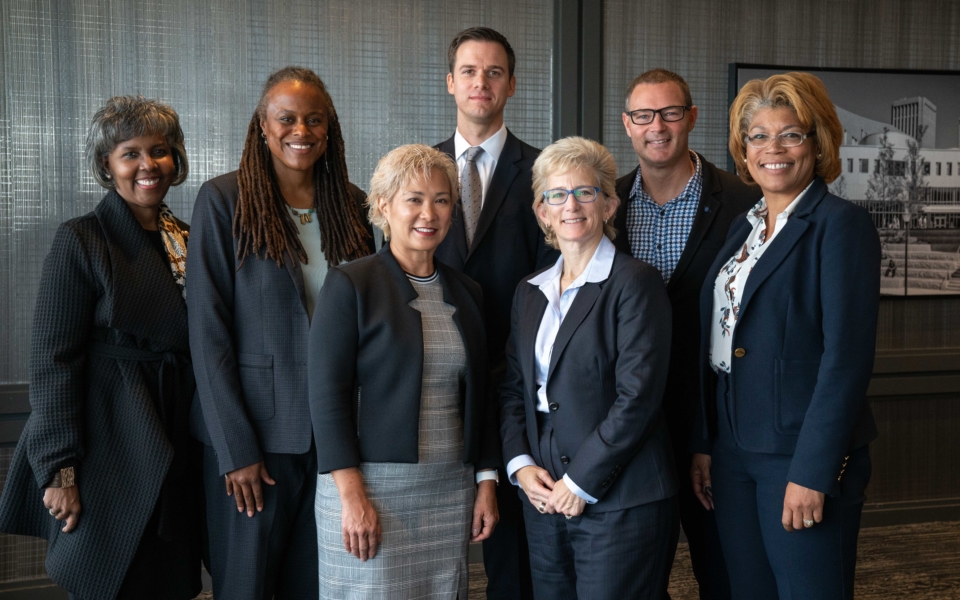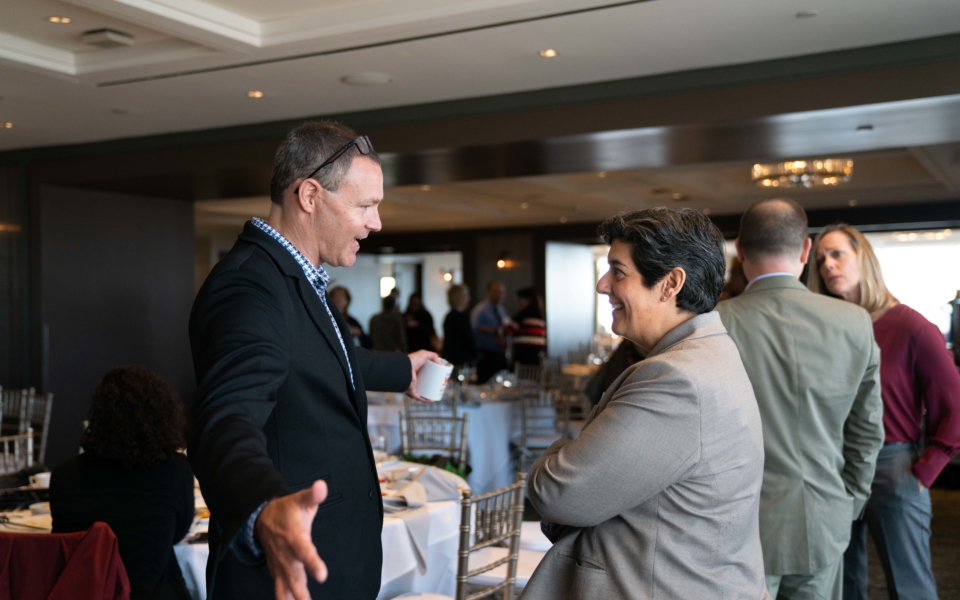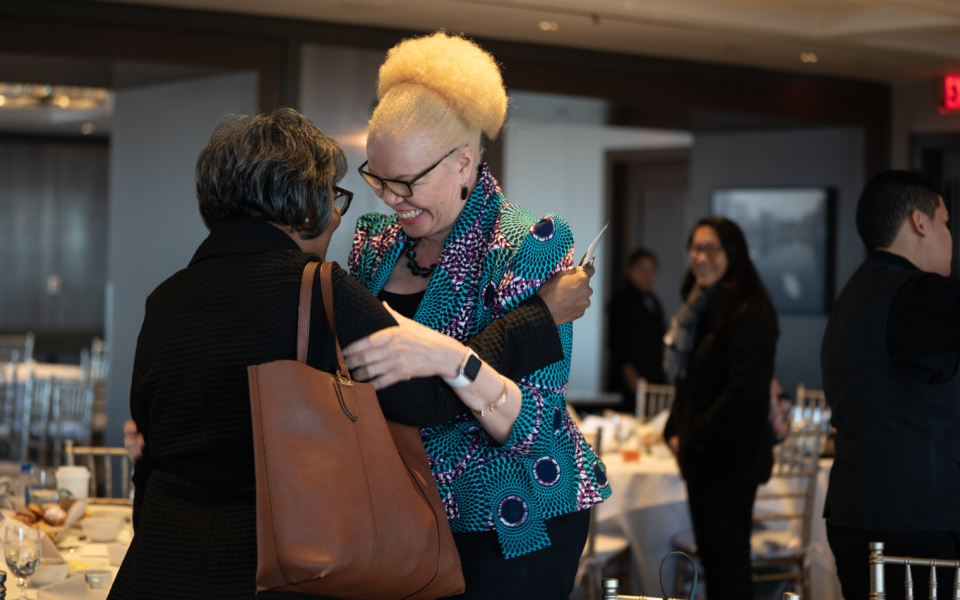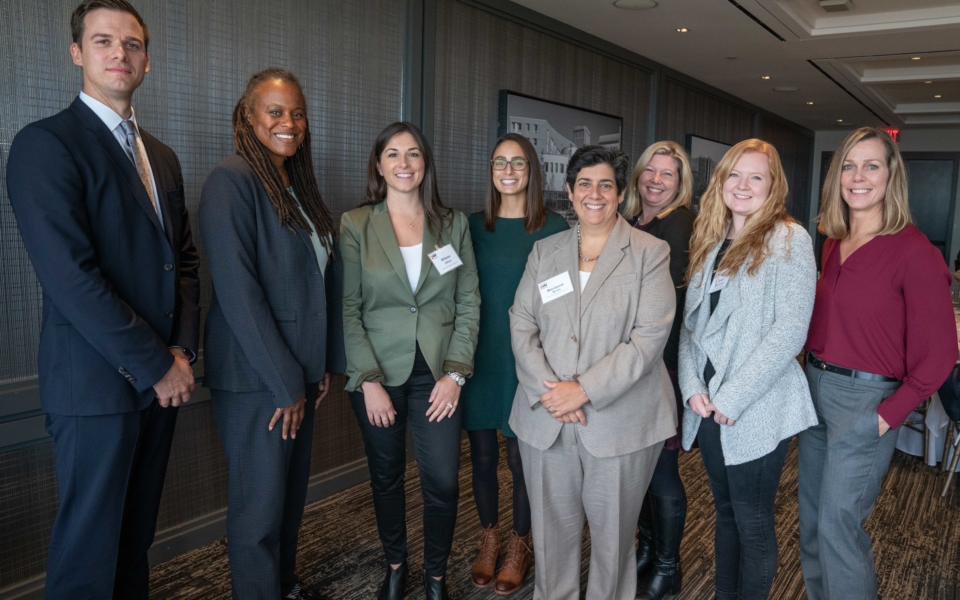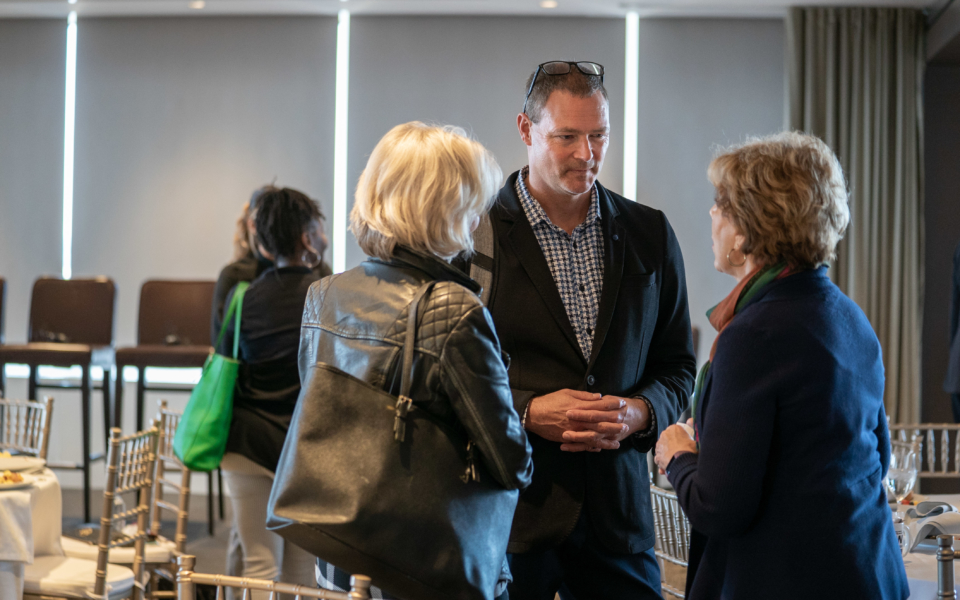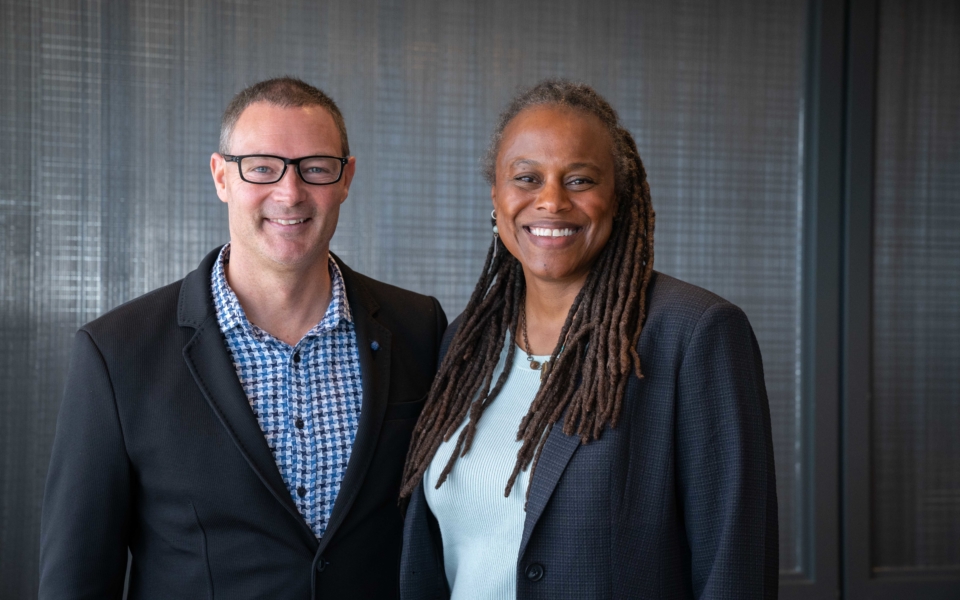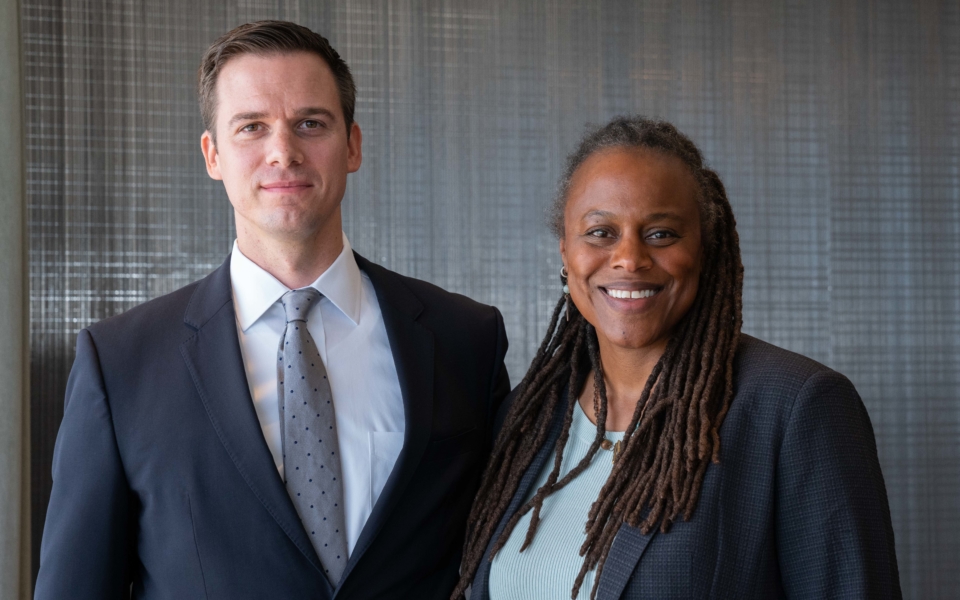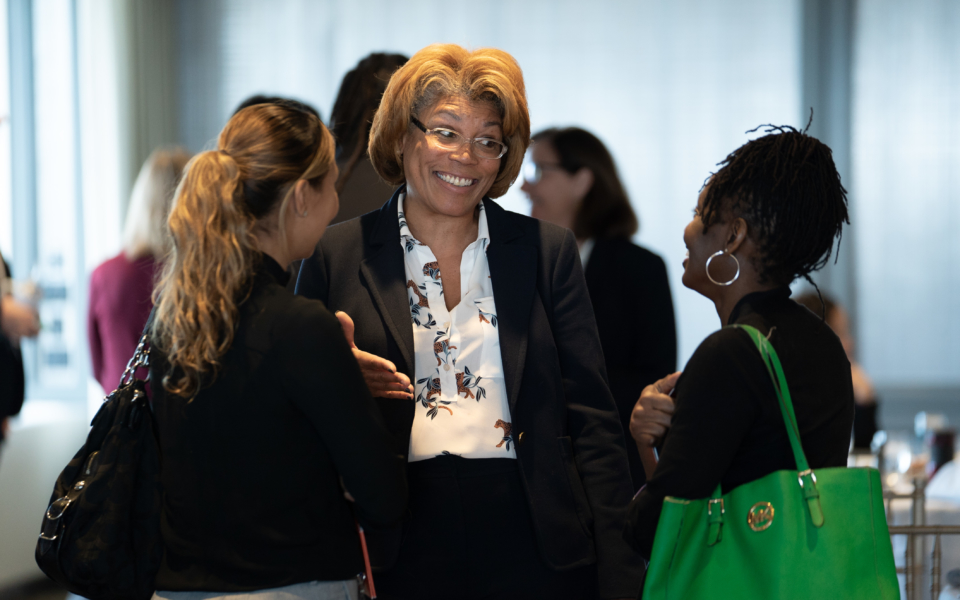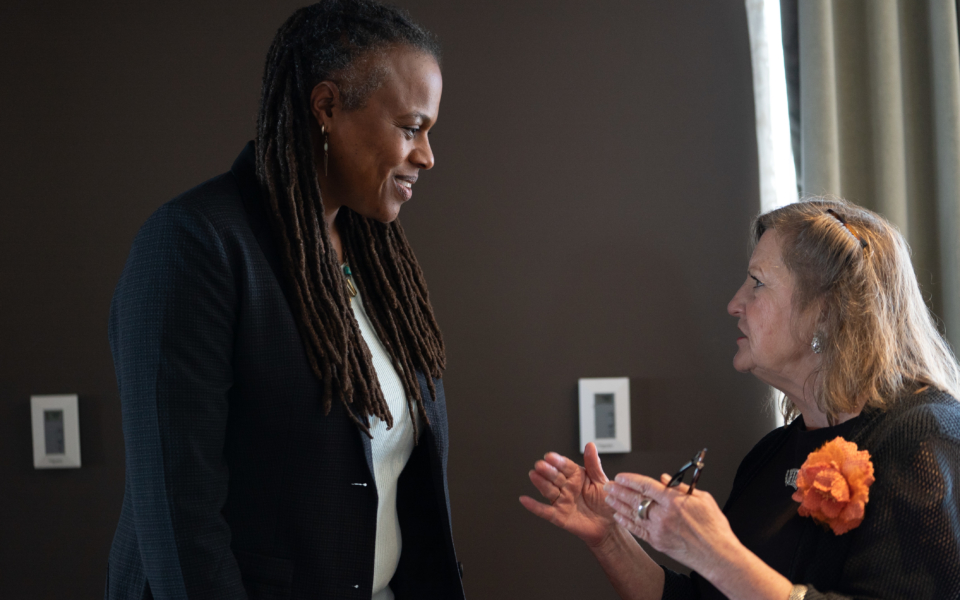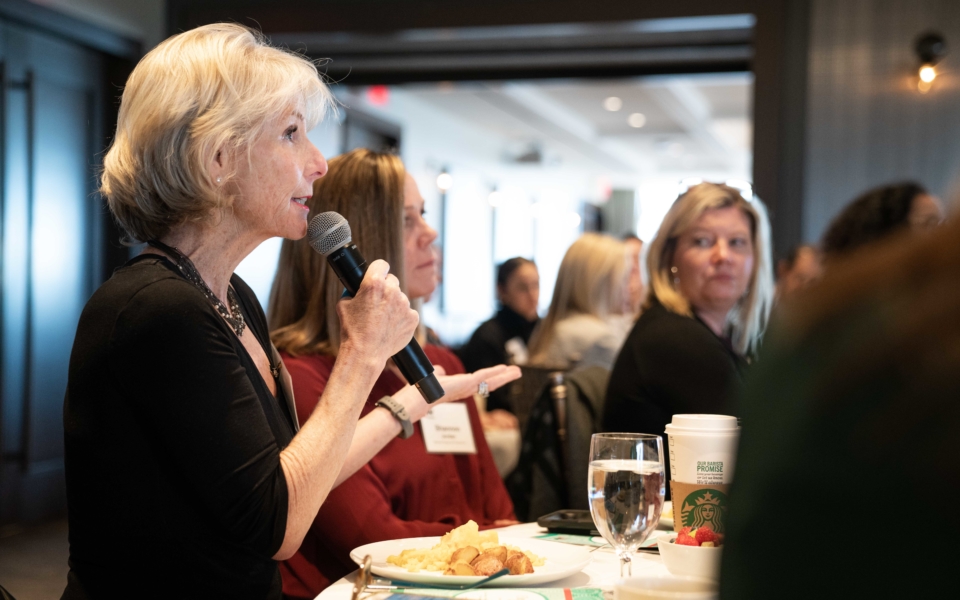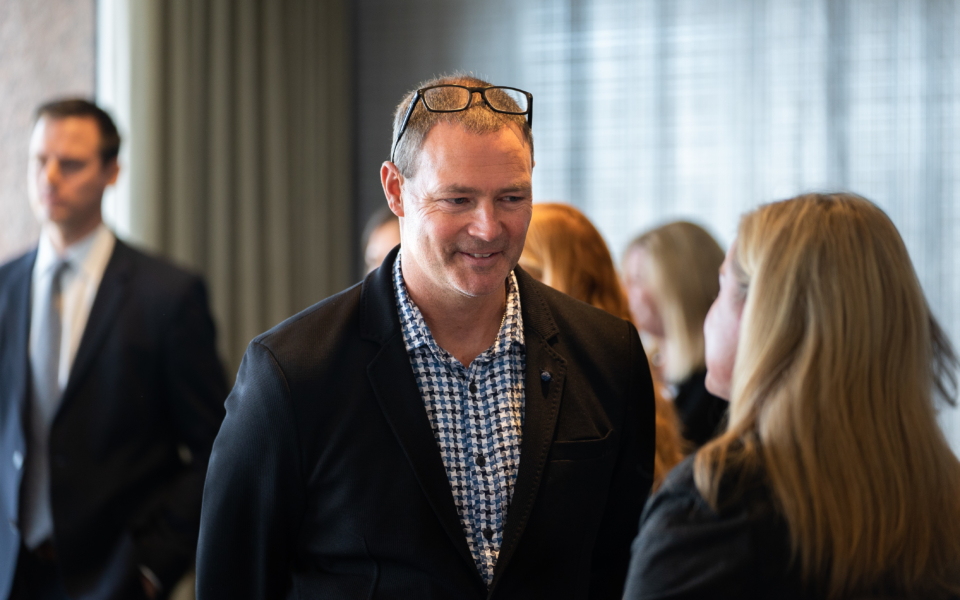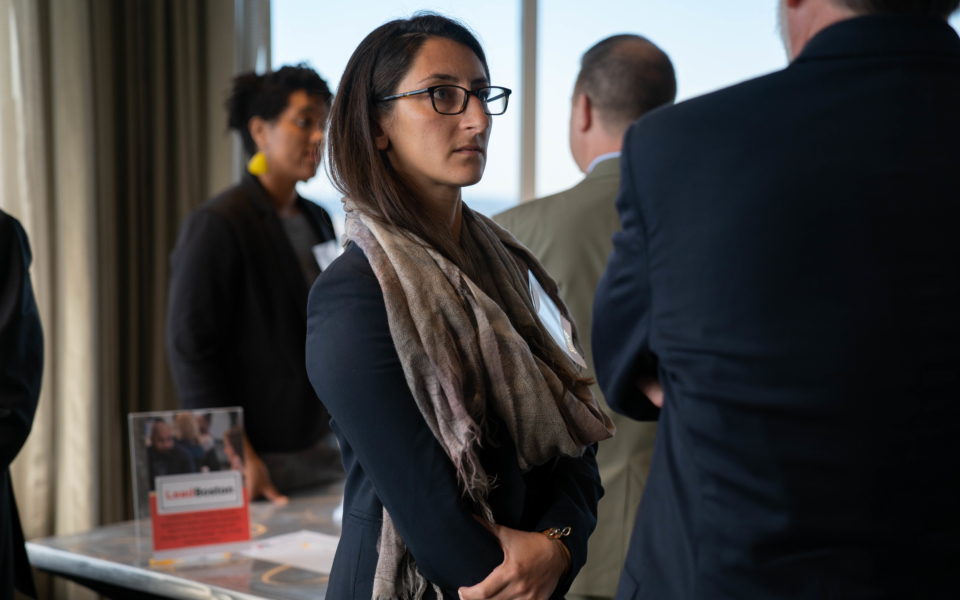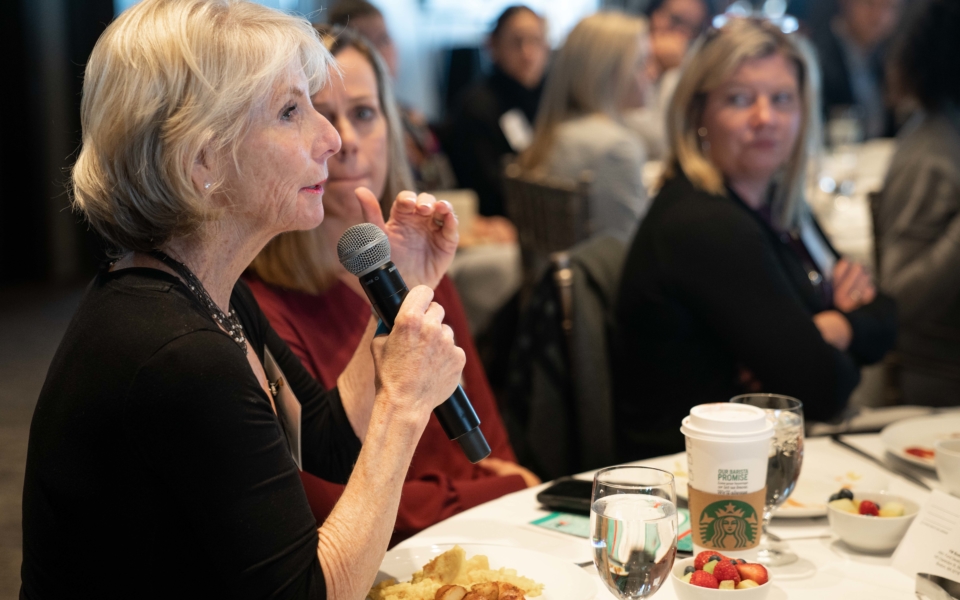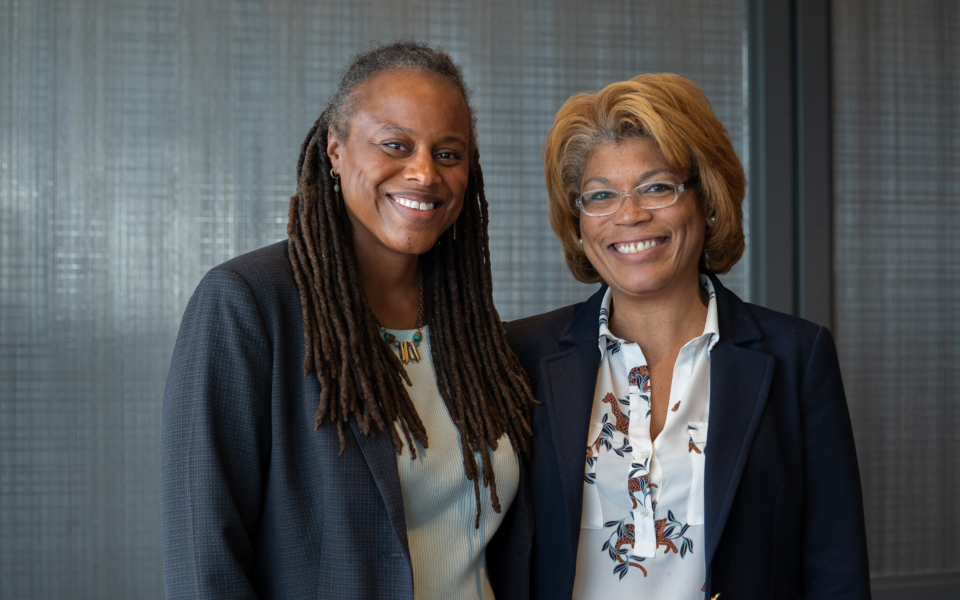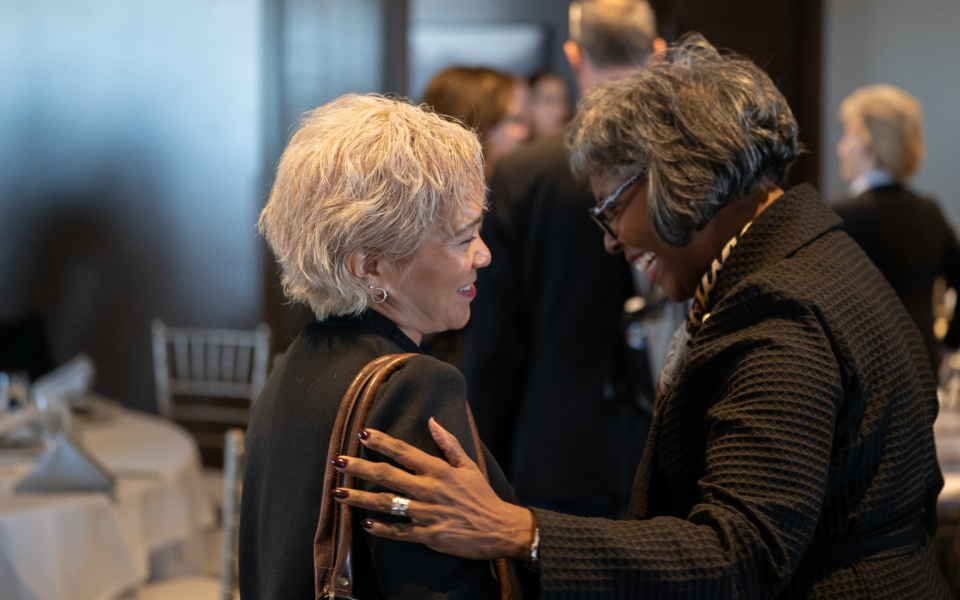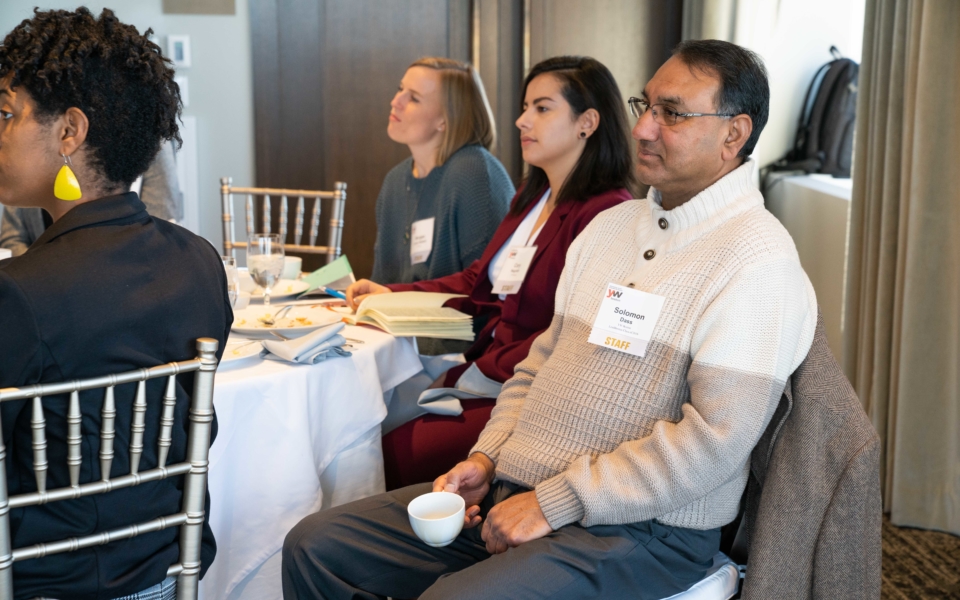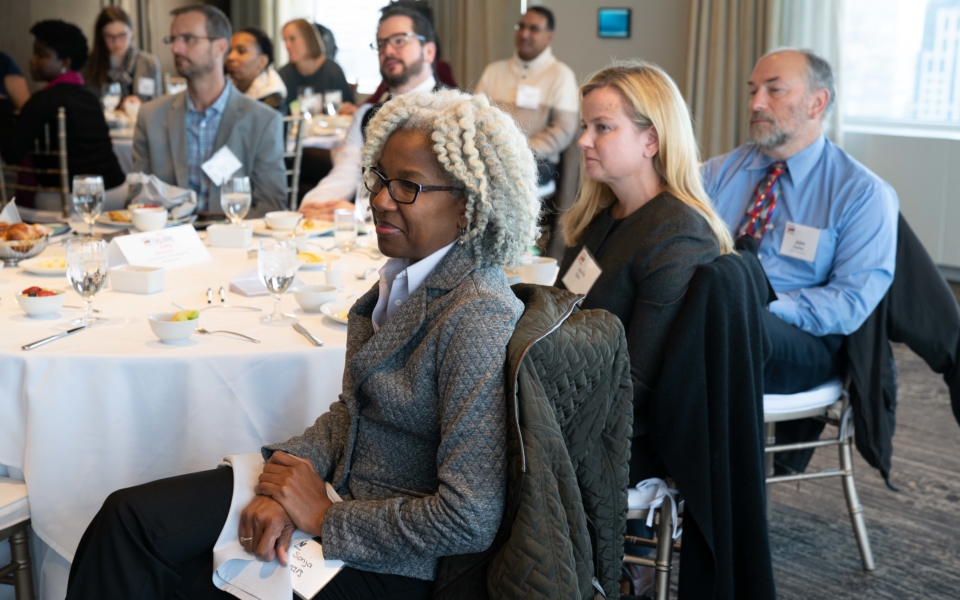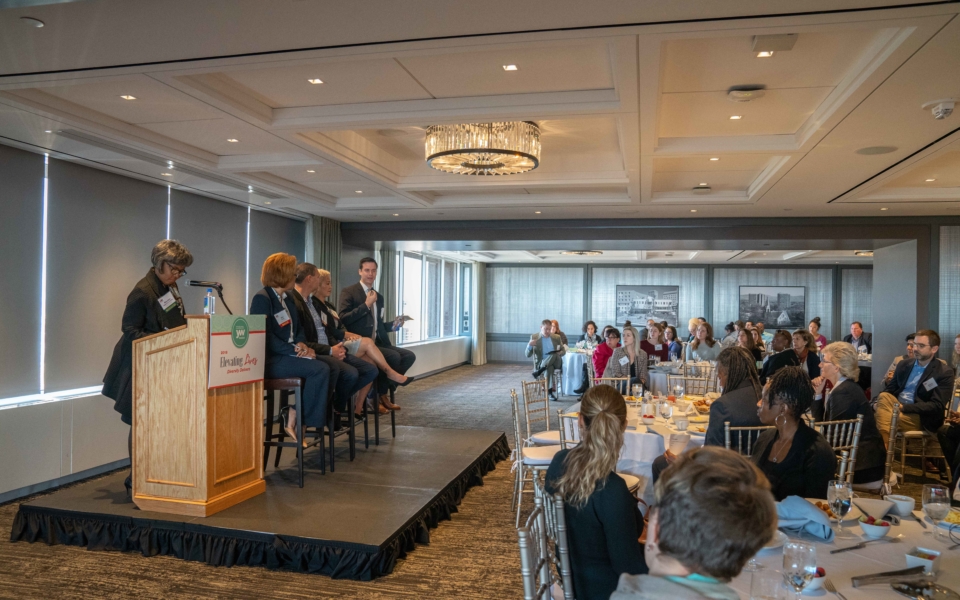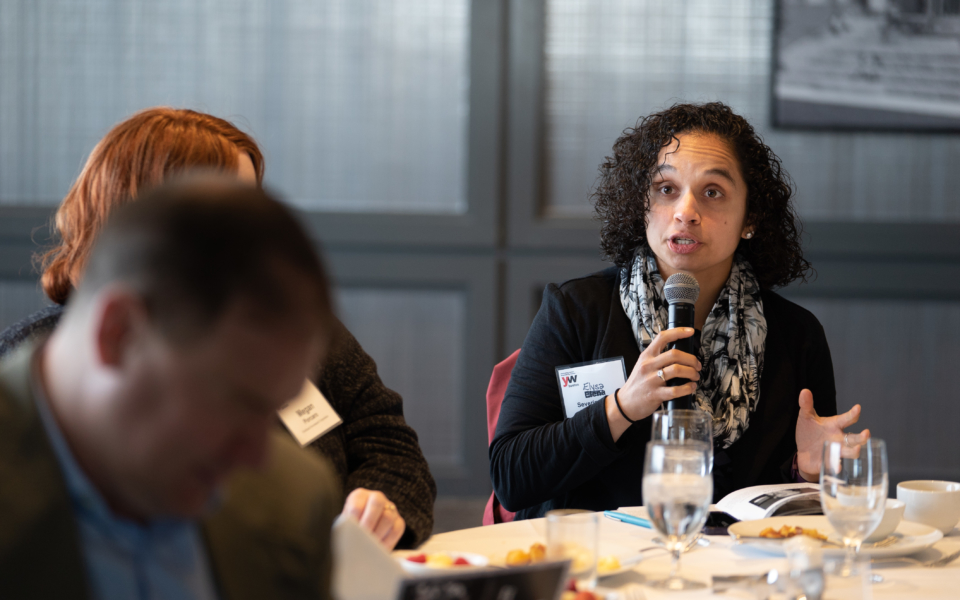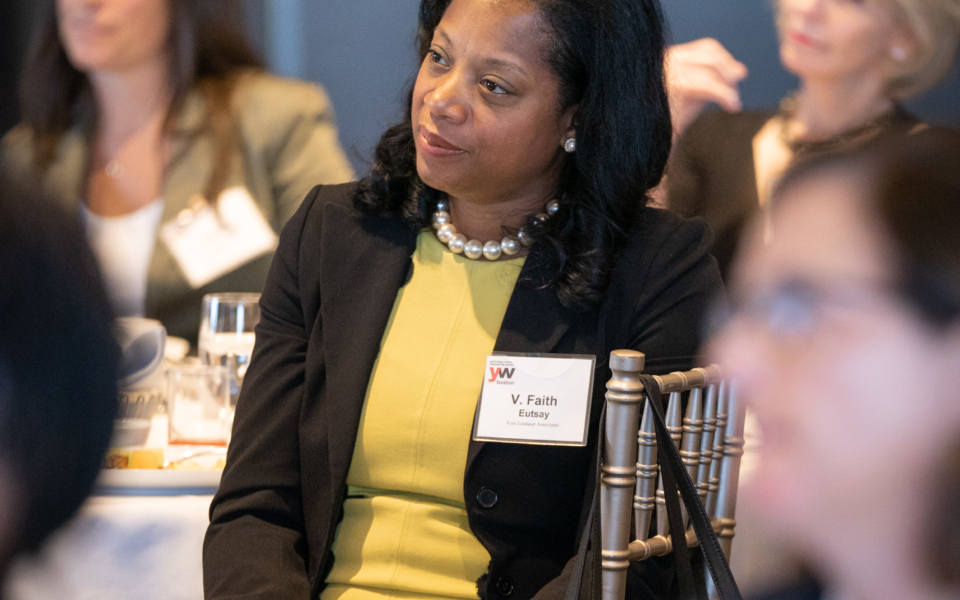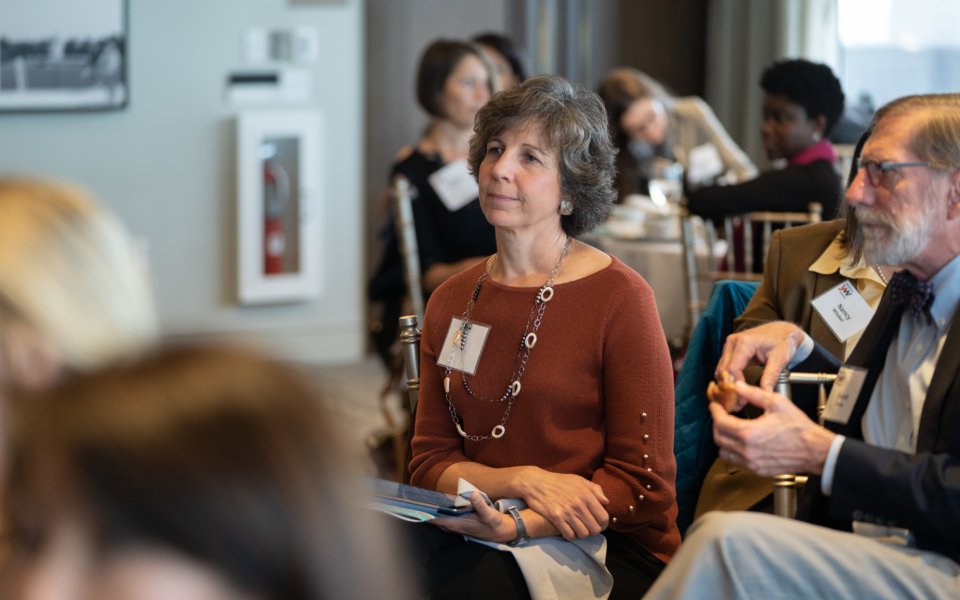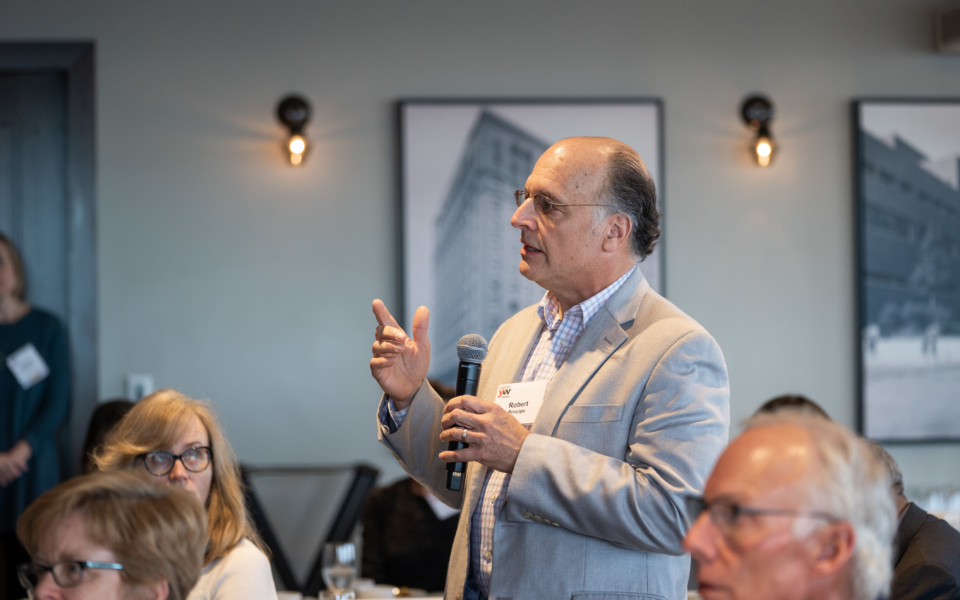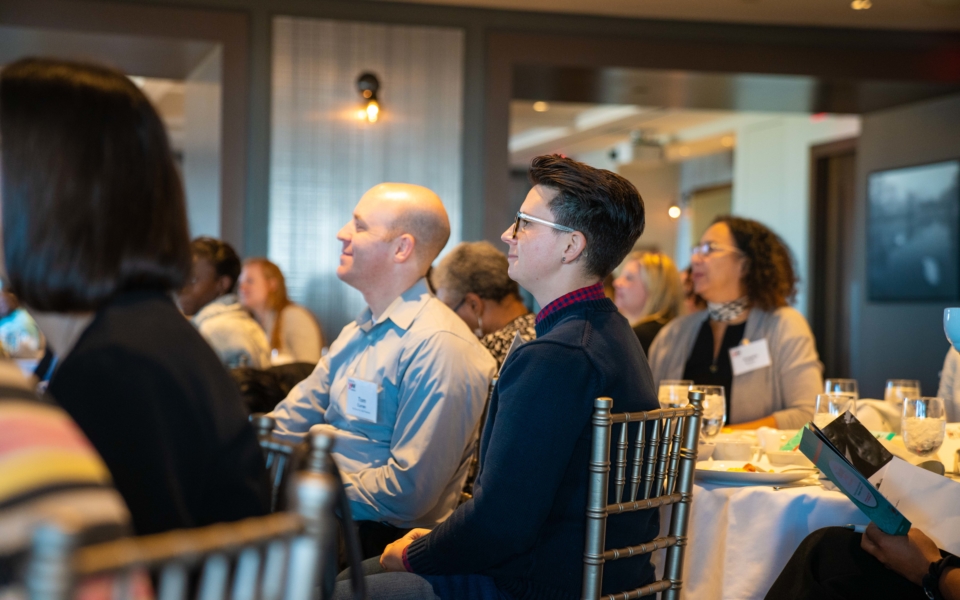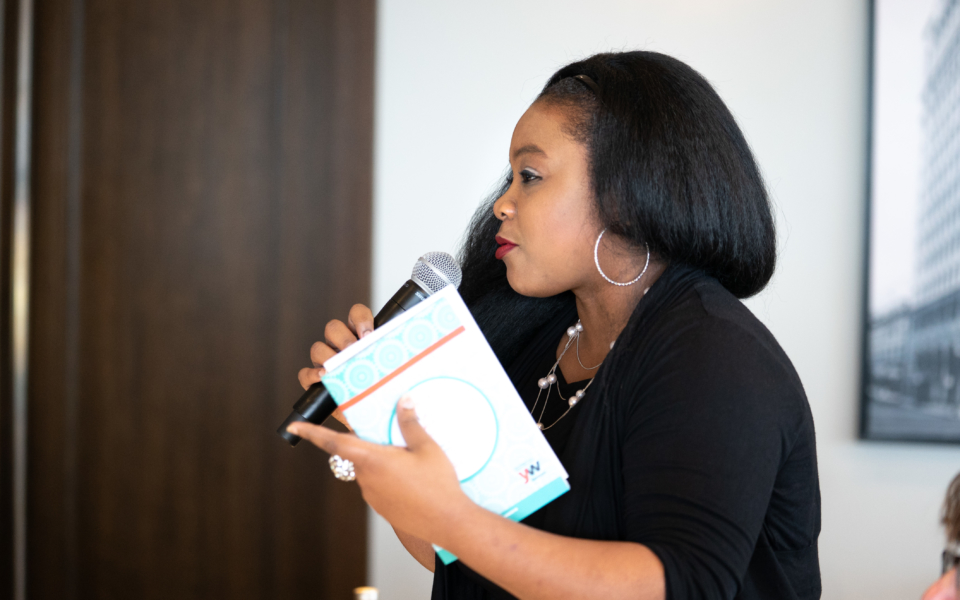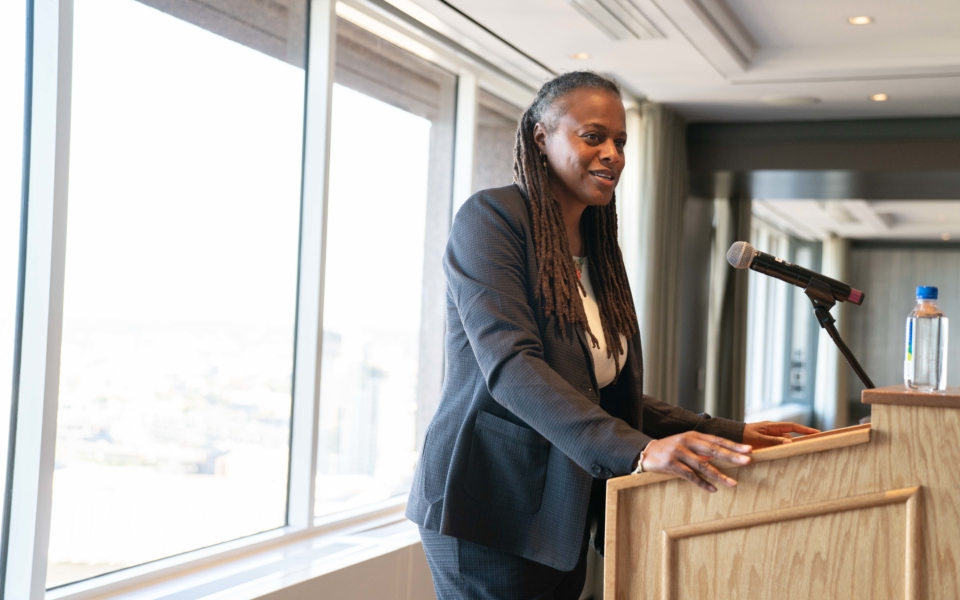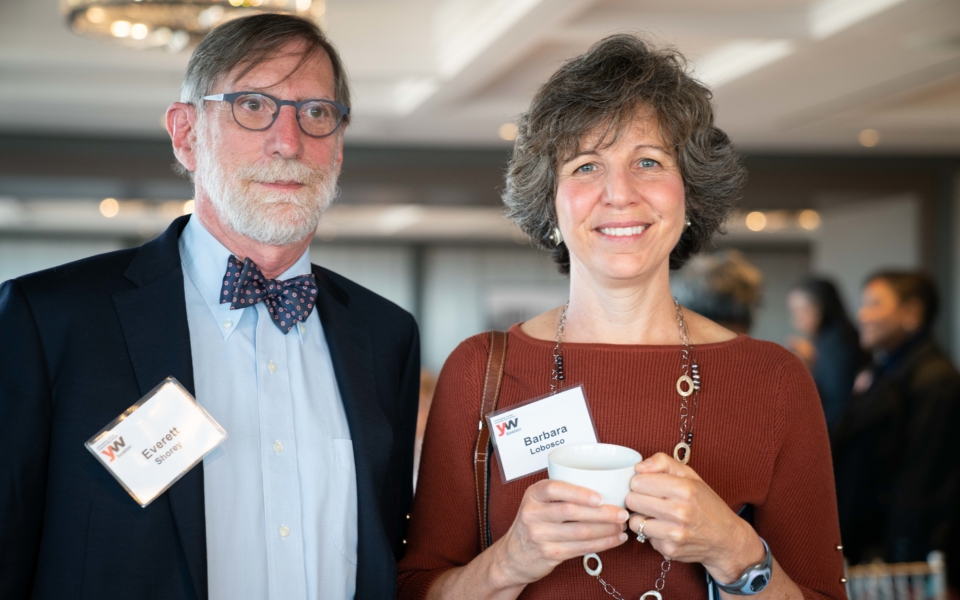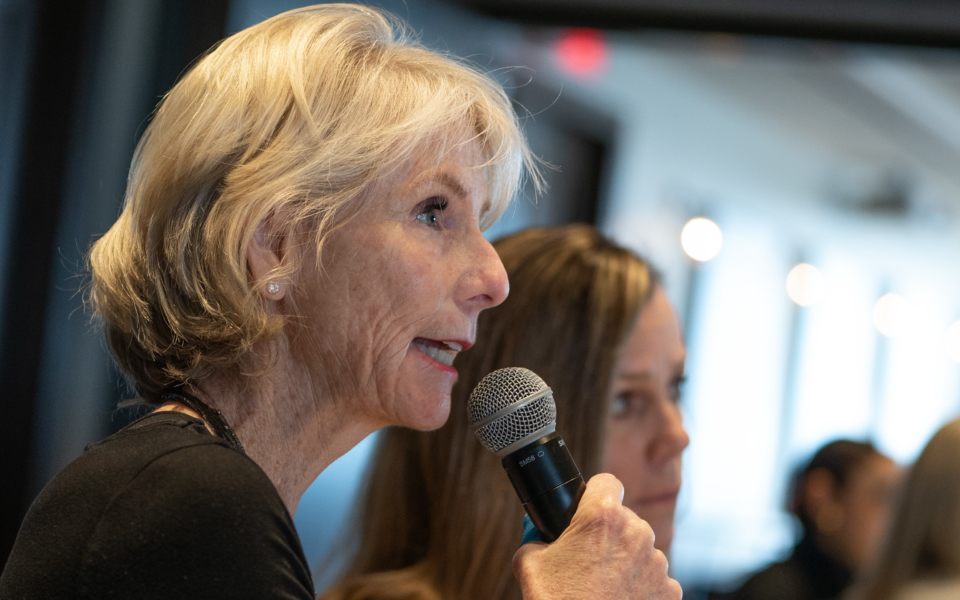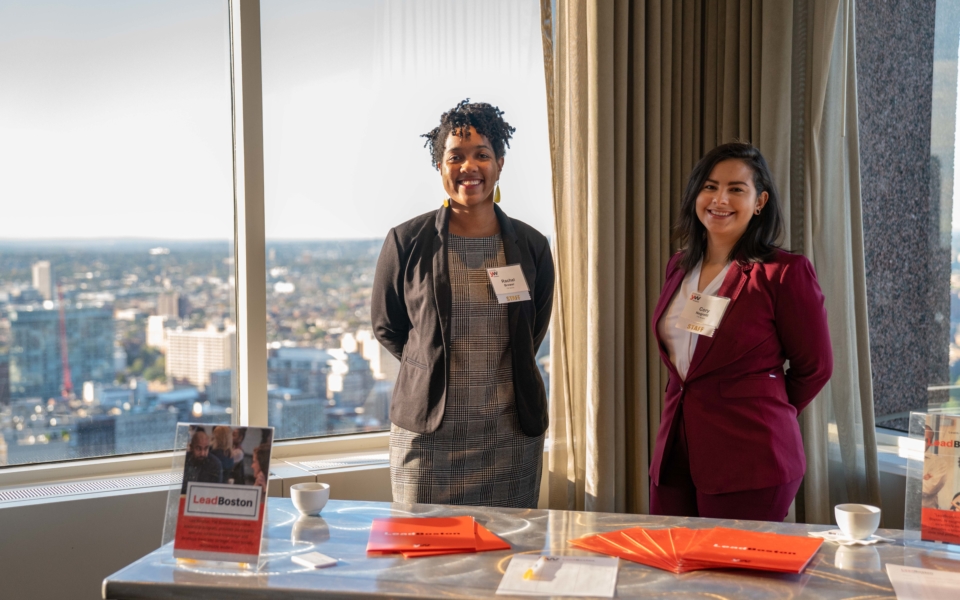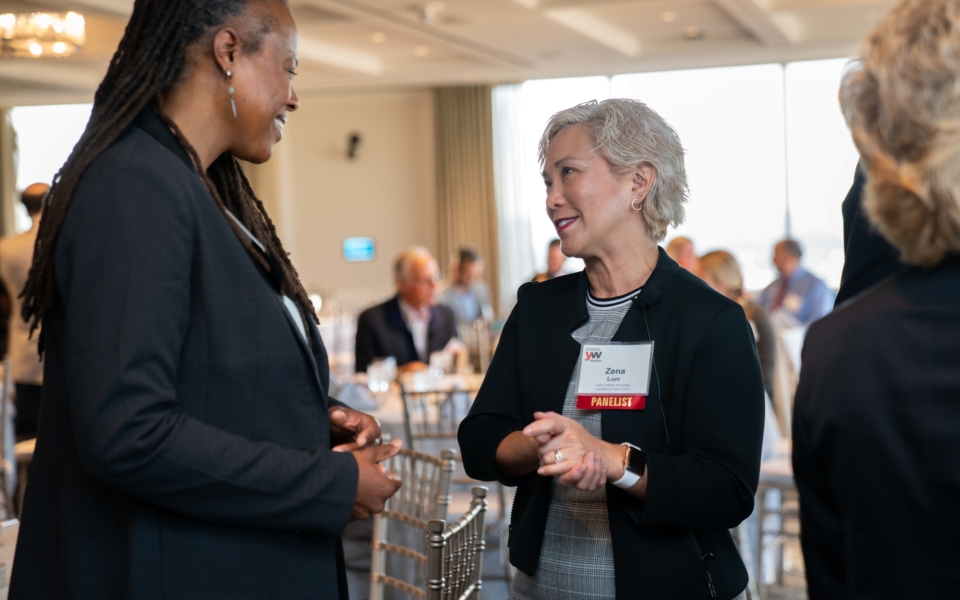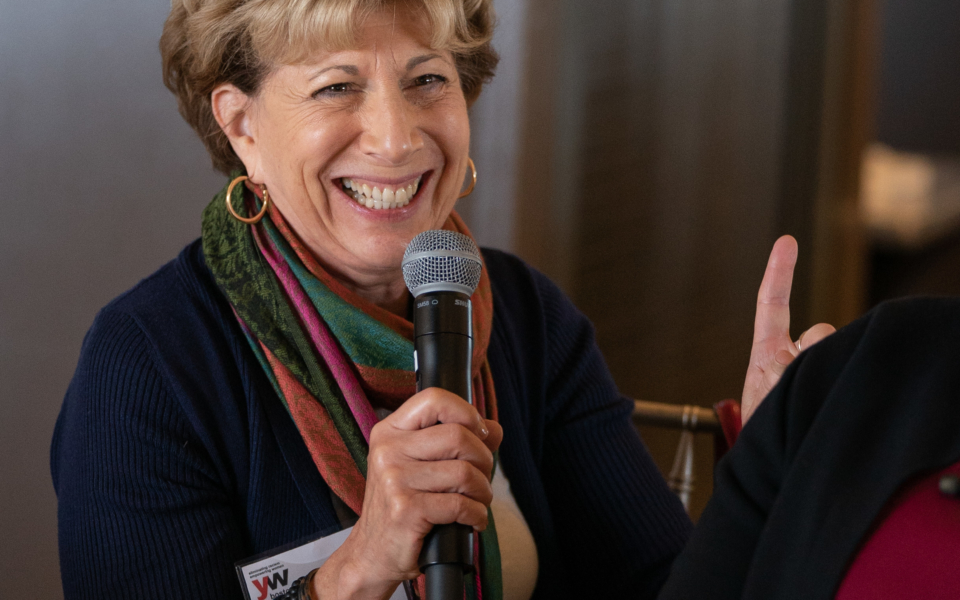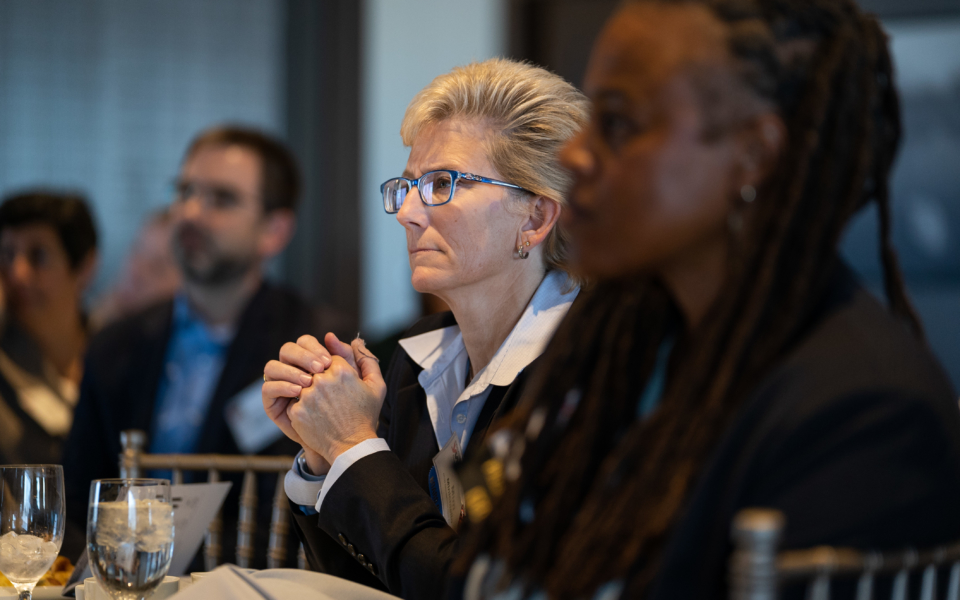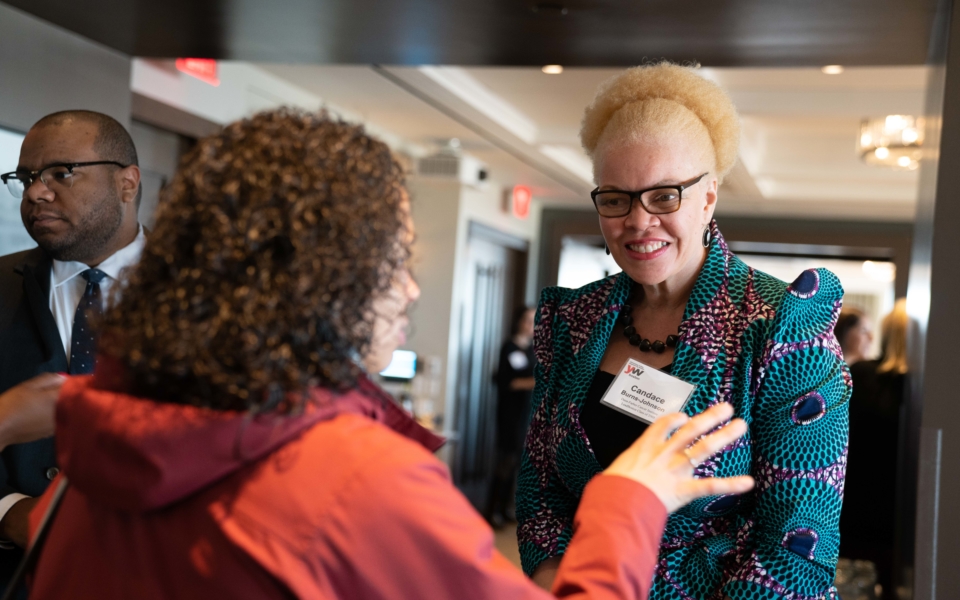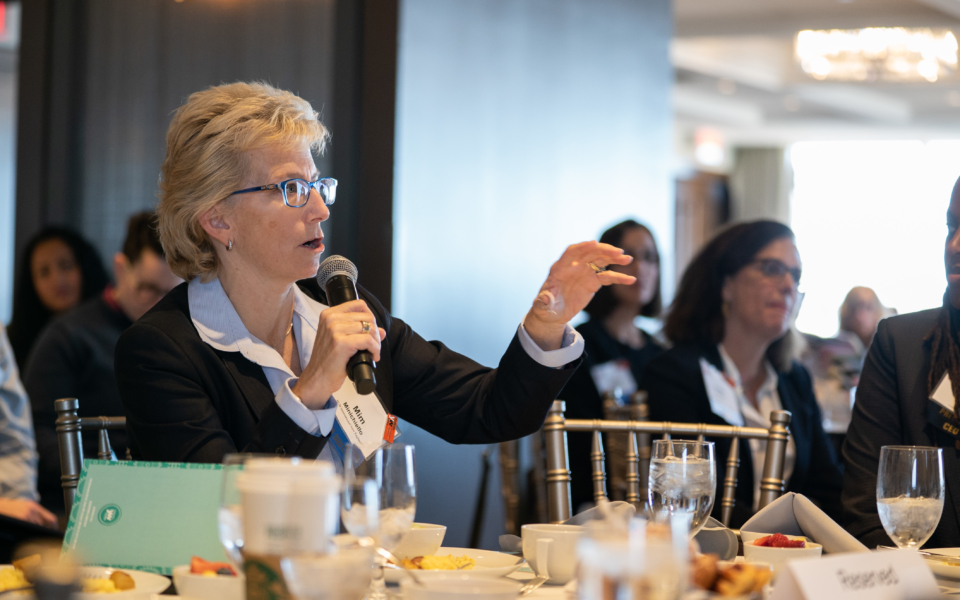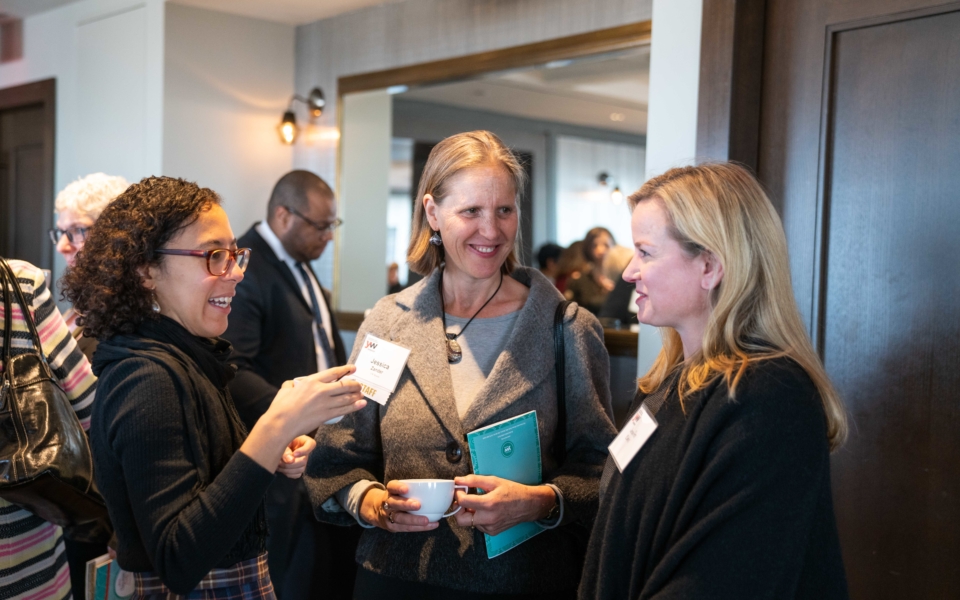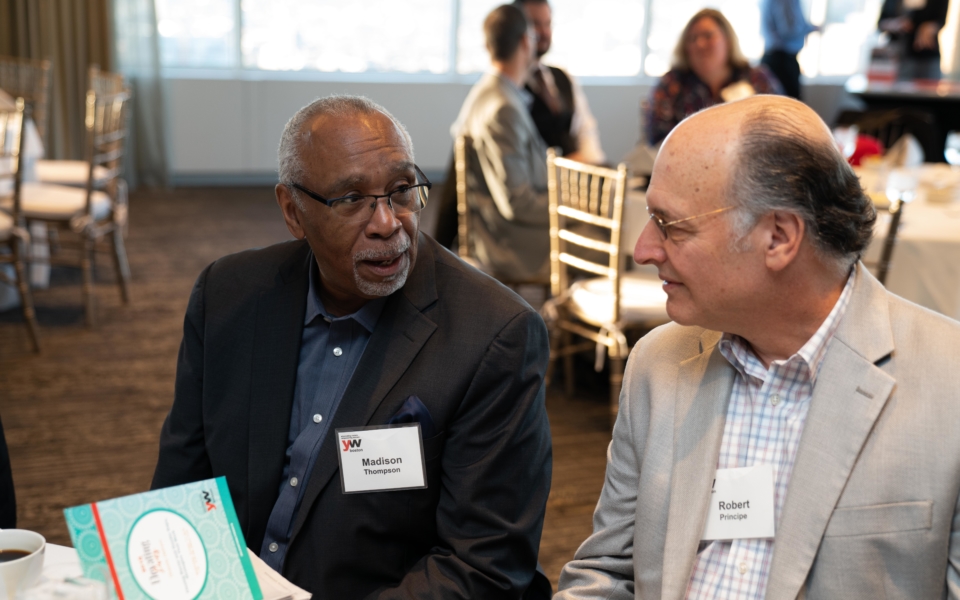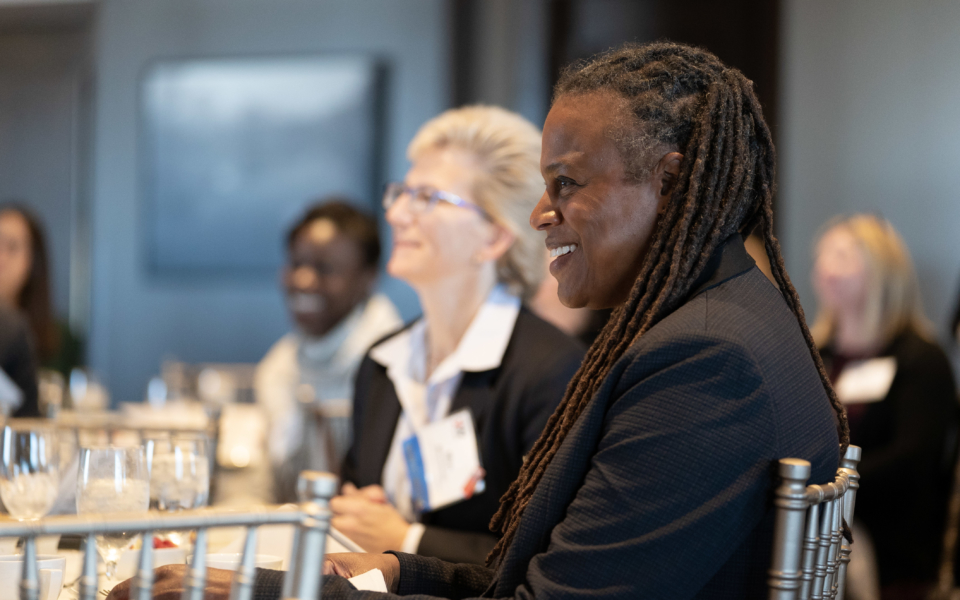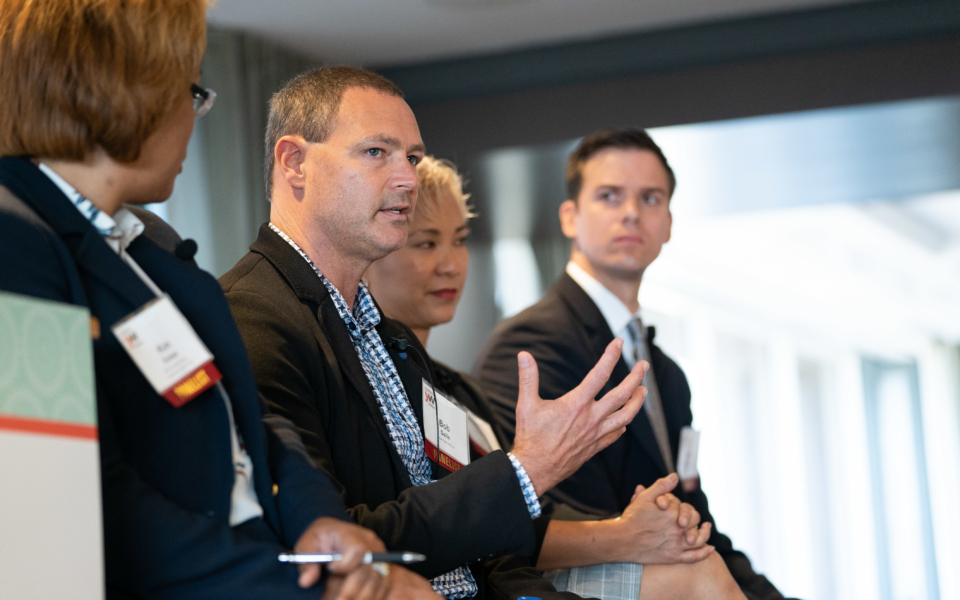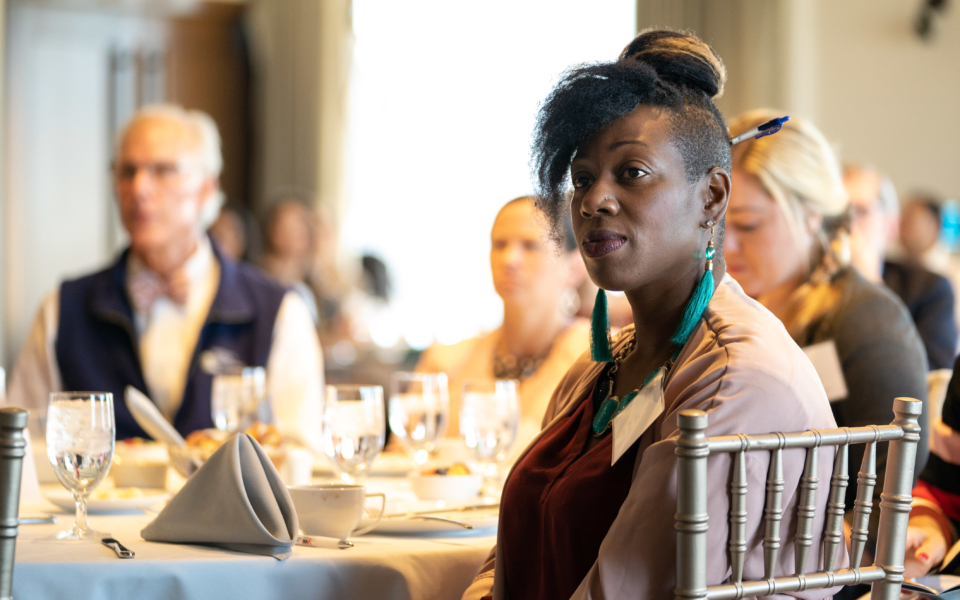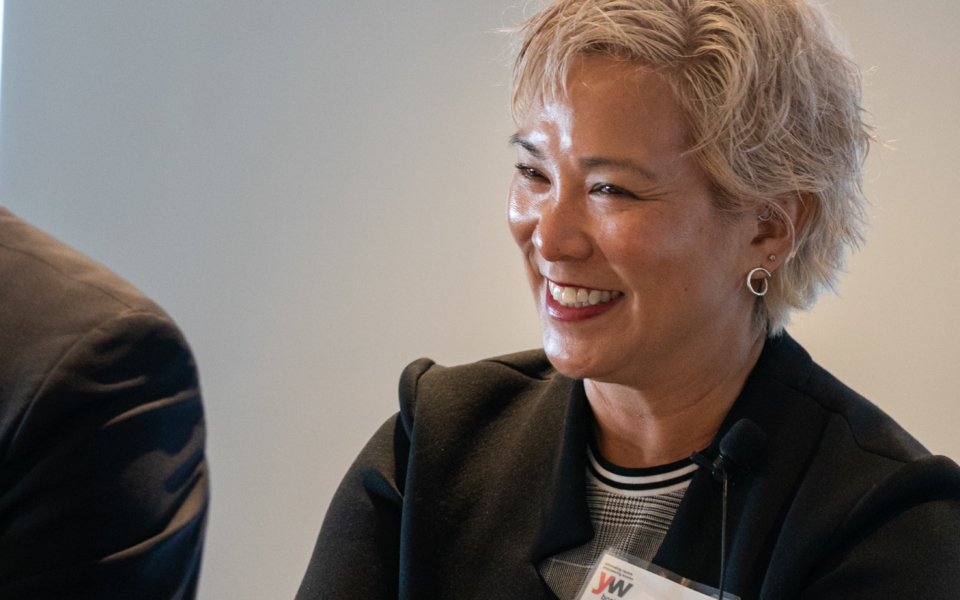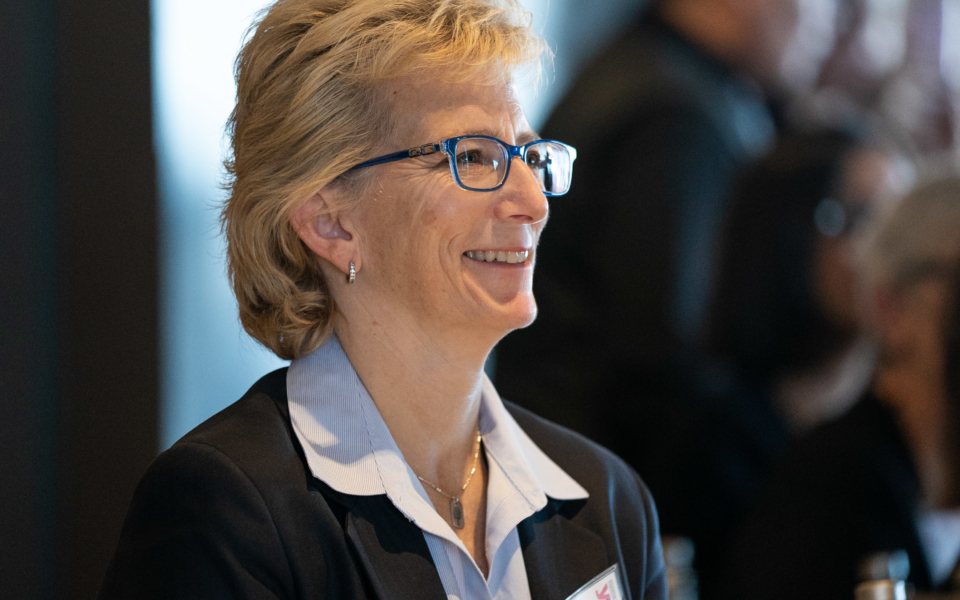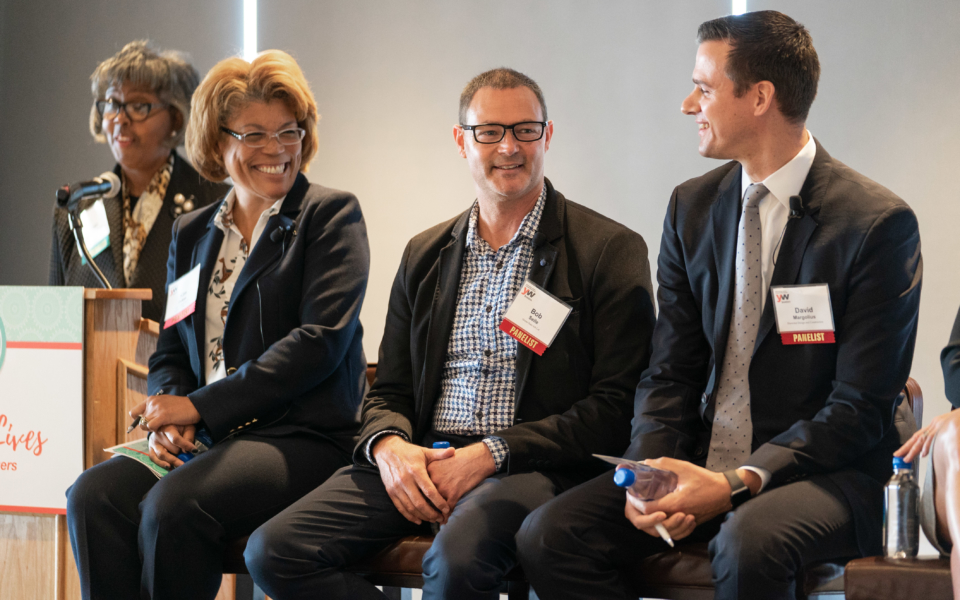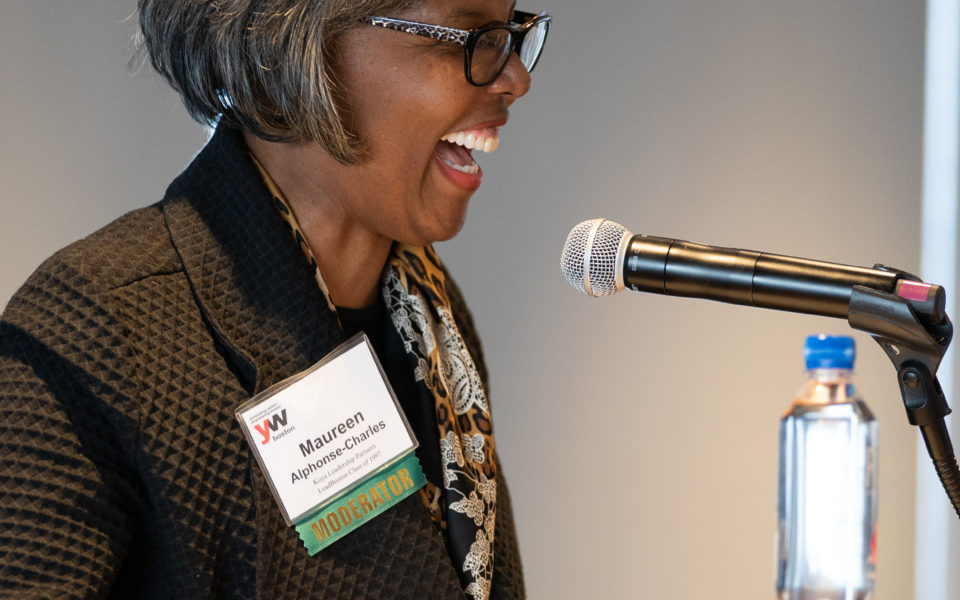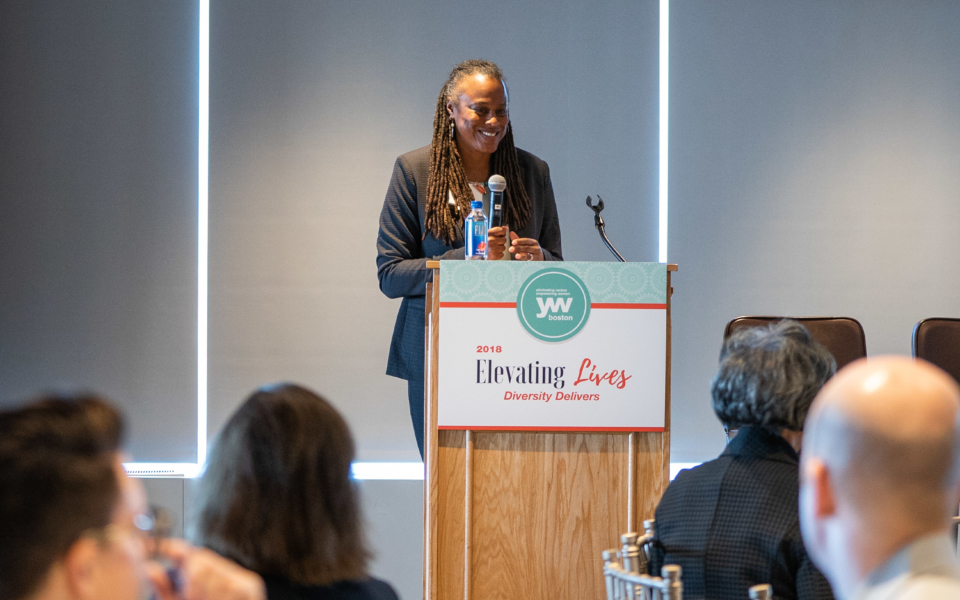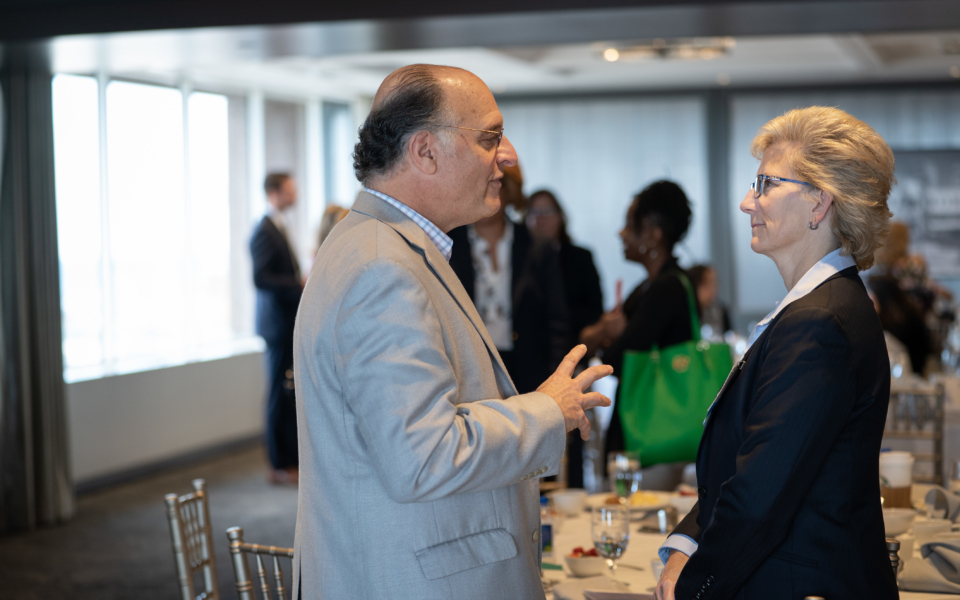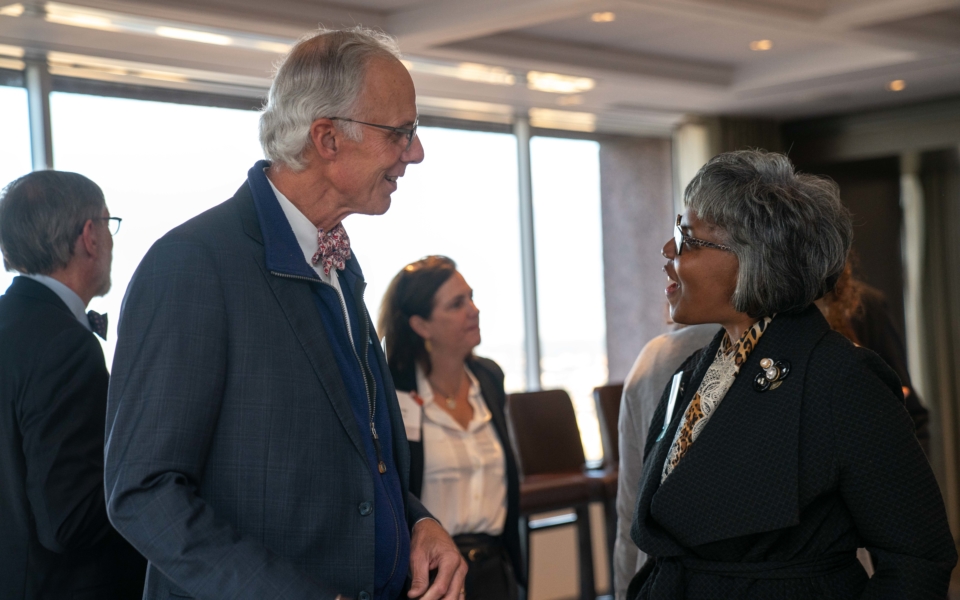5 Lessons from Elevating Lives 2018: Closing Racial and Gender Gaps, Strategies That Work
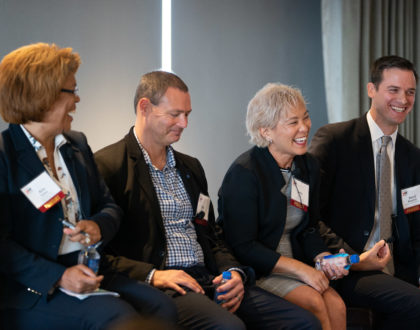
On October 17, YW Boston hosted the first installment of our 2018 Elevating Lives Series: Diversity Delivers at the University of Massachusetts Club. The event— titled Closing Racial and Gender Gaps, Strategies That Work— brought together over a hundred attendees and five Diversity, Equity & Inclusion experts who offered both internal and external insights on how to hire and retain a diverse workforce.
Managing Director at Koya Leadership Partners Maureen Alphonse-Charles moderated a panel which included:
Kim Dukes, Managing Director and Co-Founder at DSP Executive Search
Zena Lum, Senior Consultant at Lois L. Lindauer Searches
David Margolius, Vice President of Retail at Shawmut Design and Construction
Bob Selle, Chief Human Resource Officer at Ocean State Job Lot
If you were unable to attend our first event, don’t hesitate to save your seat for our second conversation between McKinsey & Company Partner Sara Prince and YW Boston President and CEO Beth Chandler on Thursday, December 6, 2018.
Here are 5 highlights from our 2018 Elevating Lives Series: Closing Racial and Gender Gaps, Strategies That Work.
1. The diverse pool of candidates you’re looking for is hiding in plain sight
We often hear recruiters and leadership executives justify their lack of diverse hiring by claiming they simply can’t find any diverse candidates. Or in some cases, going as far as claiming that diverse candidates do not exist or show interest in their industry. Zena Lum and Kim Dukes reminded us that it’s not just about knowing where to look, but how. If you only look in those places that have already produced homogeneous candidates, you are unlikely to find much diversity. Instead, Zena suggested that recruiters should try sourcing through the networks of their peers of color. Kim went on to make an important point in that “diversity is hiding in plain sight because diverse folks may be coding and trying to fit in.” Even after identifying how to recognize diverse talent and where to source it from, support must be provided to middle management because “hurrying is easier than inclusion.” David Margolius explained that at Shawmut Design and Construction middle managers are provided with toolkits so they can have clear guidelines on how to hire diverse candidates and make them feel included within the organization. Chief Human Resource Officer Bob Selle highlighted the importance of standing behind managers and recruiters who had taken steps towards hiring diverse candidates. Selle recalls how he had to advocate for a Latinx woman after concerns were raised that Latinx men would not take direction from a female supervisor.
2. It is possible to get new people “buying into” Diversity, Equity & Inclusion
Although the “business case” for DE&I has been documented and discussed, diversity and leadership professionals find that only a handful of individuals get involved in the work. Maureen Alphonse-Charles asked our panelists how they worked around getting new people in the room when it seemed like the same individuals were showing up for DE&I initiatives within an organization, such as unconscious bias workshops. David Margolius encourages getting everyone to own the work. At Shawmut Design and Construction, individuals prepare presentations around Diversity, Equity & Inclusion that they would then show to their peers. That way, David explained, people at the organization put their own time and effort into researching these topics and getting others to pay attention to it. This resulted in higher engagement and “buy-ins” within the organization. Bob Selle’s strategy at Ocean State Job Lot looks a little different. Employees are encouraged to participate in company philanthropic events so they can start to think about race, gender, and diversity in a way that can lay the groundwork for diversity, equity, and inclusion efforts within the company.
3. The internal makeup of your staff must reflect those you are trying to represent
One of the business arguments for Diversity, Equity & Inclusion raises a concern that understanding a breadth of markets is impossible without diversity of thought. After all, diversity boosts innovation within organizations. How then can companies measure whether they are building a representative workforce? David Margolius suggested that leadership should compare demographic information to the makeup of employees within their organization. Reports show that although women made up 51% of the population in the United States in 2012, the number of women within executive teams only accounted for an average representation of 16%. Representation is even lower at the intersections of race and gender. Bob Selle concurs with this approach and acknowledges that, although individuals may react adversely to quotas, they can help serve as a guide for making sure an organization’s internal composition reflects external demographics.
4. Past salaries are not an accurate measure of candidate experience
Our panelists were asked by the audience to provide them with strategies for closing pay gaps within organizations. Research shows that women, particularly women of color, earn less than their male counterparts. Additionally, people of color, women, and in particular women of color are less likely to be considered for promotions or find placement in leadership positions. Kim Dukes advised our Elevating Lives audience to address wage differences as early as possible by paying close attention to how inequities manifest themselves during the hiring process. Zena Lum calls the Equal Pay Act— a law amending the Fair Labor Standards Act that was signed in 1963 and advocated by YW Boston— a “godsend” and encourages candidates never to reveal their previous salary to future employers. Candidates may have been underpaid at their previous position so bringing up past salaries during a negotiation may not be a beneficial tactic for a candidate. Zena wants to assure employers that previous salary information is not a relevant information when considering a candidate. “Salary is an indicator of a company’s budget size, not of employee experience.”
5. DE&I is a company-wide effort that needs the support of cis white men
The burden of responsibility is not on HR. In order for a company to be successful at working towards Diversity, Equity & Inclusion, everyone in the company must get involved. Zena cautioned the audience about sitting back and assuming that a committee would take care of the heavy lifting. Bob Selle advised white men to break the ice and champion DE&I with their peers in order to assuage the discomfort associated with initiating these conversations. Inequities cannot be fully addressed if only a handful of people are participating in the conversation. White male allies, in particular, can help advance DE&I efforts by ensuring these dialogues don’t occur in silos.
Moderator Maureen Alphonse-Charles urged us to practice making the uncomfortable comfortable and concluded our first 2018 Elevating Lives event with these words from Robert F. Kennedy:
“Few will have the greatness to bend history itself, but each of us can work to change a small portion of events, and in the total of all those acts will be written the history of this generation. It is from numberless diverse acts of courage and belief that human history is shaped. Each time a man stands up for an ideal, or acts to improve the lot of others, or strikes out against injustice, he sends forth a tiny ripple of hope, and crossing each other from a million different centers of energy and daring, those ripples build a current that can sweep down the mightiest walls of oppression and resistance.”

